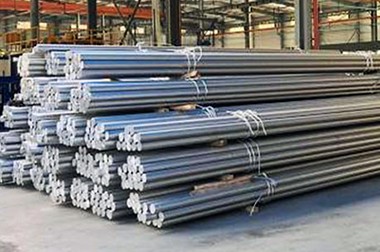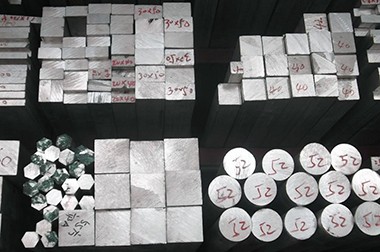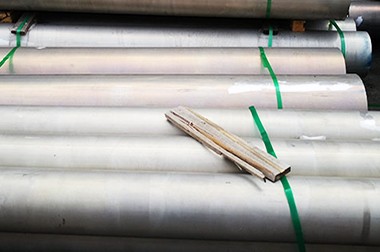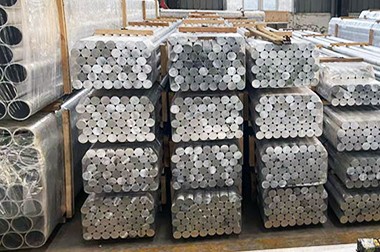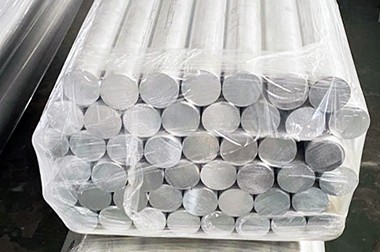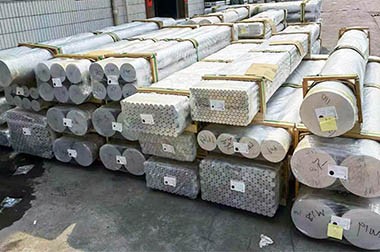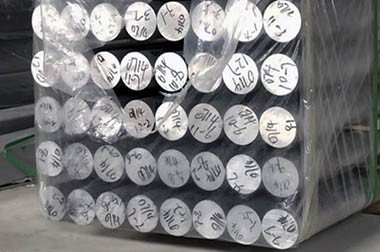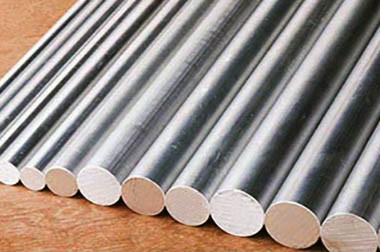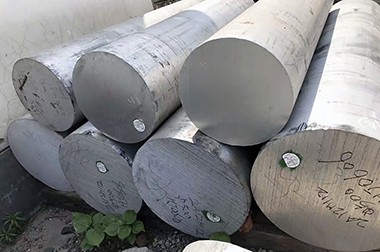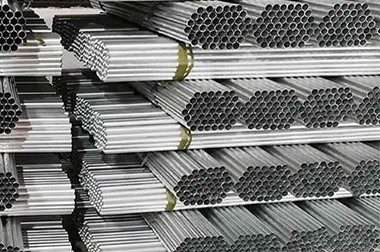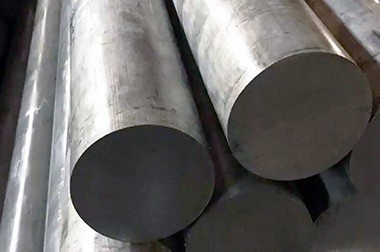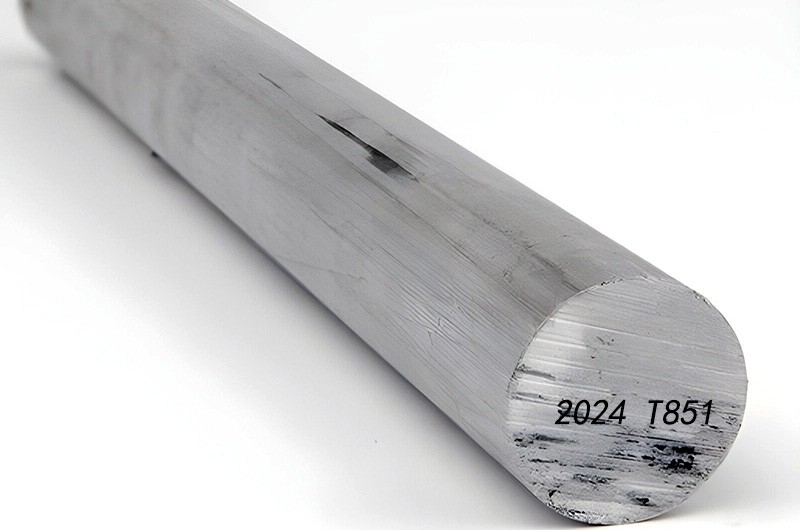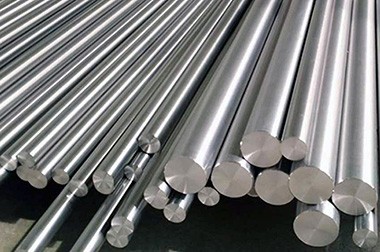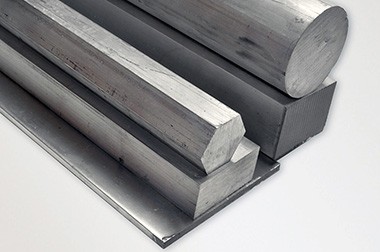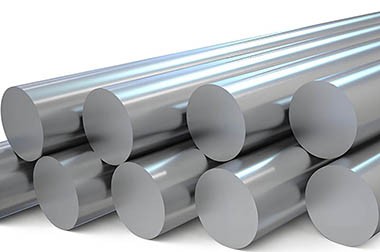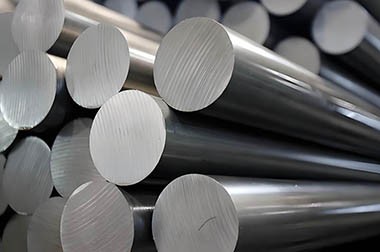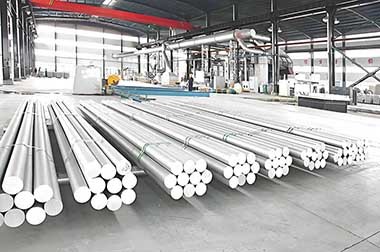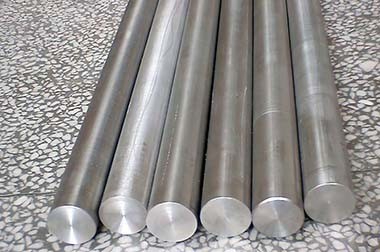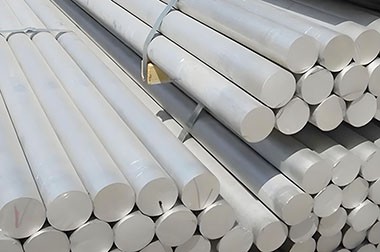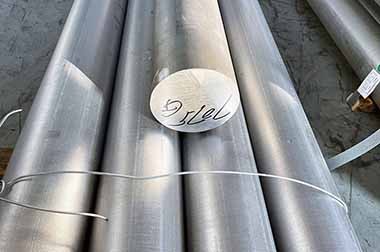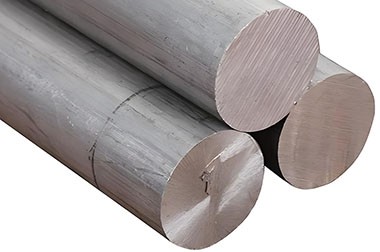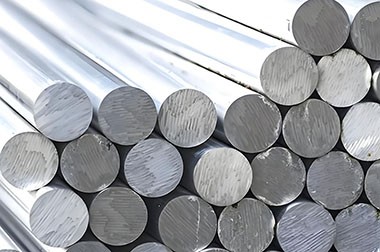7A04 T6 T6511 Aerospace Aluminum Rod Bar
7A04 aluminum alloy is a high-strength, corrosion-resistant aerospace aluminum material that is widely used in the aerospace industry. It belongs to the 7xxx series of aluminum alloys, primarily composed of aluminum, zinc, magnesium, and copper. 7A04 exhibits good mechanical properties and high fatigue resistance, making it suitable for structural components with high strength requirements.
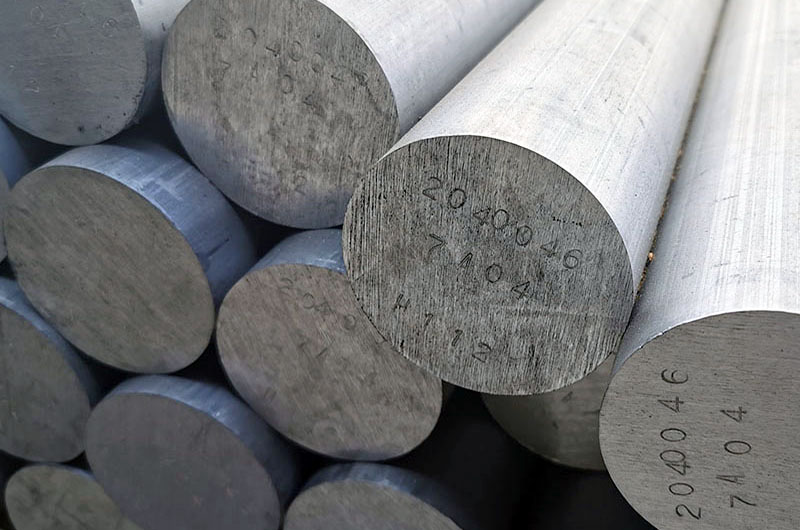
Specifications and Standards of 7A04 Aerospace Aluminum Rod Bar
7A04 aluminum bars come in various specifications, with common diameters ranging from a few millimeters to several hundred millimeters, and lengths that can be customized according to requirements.
They comply with international standards (such as ASTM, EN, etc.) as well as relevant standards in the aerospace industry.
| Specification | Details |
| Alloy | 7A04 |
| Material Tempers | T3, T6, T8, T651, T6511 |
| Standard | UNS A97A04, QQA 200/2 |
| Diameter | From 0.25" (6.35 mm) to 10" (254 mm) |
| Length | Usually about 12 feet (3.66 meters), custom lengths available |
| Other Dimensions | Varies based on application needs |
Features of 7A04 Aerospace Aluminum Rod Bar
- 1. High Strength: 7A04 aluminum alloy exhibits excellent strength and hardness, especially after heat treatment (such as in the T6 condition), showing very high strength.
- 2. Corrosion Resistance: 7A04 aluminum material has good corrosion resistance, and after surface treatment, it can effectively prevent oxidation and corrosion.
- 3. Machinability: 7A04 aluminum alloy has good machinability and can be processed using conventional methods such as forging, milling, and drilling.
- 4. Fatigue Strength: This alloy has high fatigue strength, making it suitable for parts subjected to long-term repetitive stress.
- 5. Poor Weldability: Due to its composition and hardness, 7A04 has poor weldability, and cracks are likely to occur, making it generally unsuitable for welding processes.
Chemical composition of 7A04 aerospace aluminum alloy
| Element | Composition % |
| Si | 0.5 |
| Fe | 0.5 |
| Cu | 1.4-2.0 |
| Mn | 0.20-0.60 |
| Mg | 1.8-2.8 |
| Ti | 0.1 |
| Cr | 0.10-0.25 |
| Zn | 5.0-7.0 |
| Other (Each) | 0.0-0.05 |
| Aluminium (Al) | Balance |
Mechanical properties of 7A04 aerospace high quality rod bar
| Tensile strength | 530 MPa |
| Yield strength | 400 Min MPa |
| Electrical conductivity | 5% IACS |
7A04 Aluminum Bar Heat Treatment
7A04 aluminum bars are typically treated with the following heat treatment methods to enhance their performance:
- T6 Condition: Solution treatment followed by artificial aging to provide optimal strength and hardness.
- T651 Condition: Stress-relief treatment after T6 condition to improve dimensional stability.
7A04 Aerospace Aluminum Rod Bar Applications
7A04 aluminum alloy rods are widely used in the aerospace industry, primarily for the manufacture of critical structural components that require high strength, fatigue resistance, and corrosion resistance. The aerospace industry has stringent performance requirements for materials, and the unique mechanical and physical properties of 7A04 aluminum alloy make it a key material in the design of aircraft and spacecraft.
1. Wing Beams and Fuselage Frames
7A04 aluminum alloy rods are often used to manufacture the main load-bearing structures of aircraft, such as wing beams, fuselage frames, and reinforcement ribs. These components must withstand significant loads and stresses, with a high demand for fatigue strength. The high-strength characteristics of 7A04 aluminum alloy make it essential in lightweight designs while maintaining the stability of the aircraft structure.
2. Tail and Control Surface Components
Tail sections, horizontal and vertical stabilizers, rudders, and other control surface components need to be lightweight while possessing sufficient strength and rigidity. The excellent mechanical properties of 7A04 aluminum alloy, especially in the T6 heat-treated condition, meet the strength requirements for these components.
3. Connectors and Reinforcements
In various connection points on the aircraft, such as wing-to-fuselage joints, reinforcement parts, and fasteners, 7A04 aluminum alloy rods provide high reliability, ensuring these high-stress areas retain their strength and integrity over long periods of use.
4. Aircraft Skin and External Structural Components
7A04 aluminum alloy rods are also processed into parts of the aircraft's skin and external coverings. These areas require materials that provide strength and must exhibit good fatigue resistance and corrosion resistance, especially under prolonged exposure to airflow pressure and environmental factors (such as salt corrosion in marine environments).
5. Landing Gear Components
The landing gear is one of the most impact-bearing parts of an aircraft, especially during takeoff and landing. The high strength and toughness of 7A04 aluminum alloy make it an ideal material for manufacturing key landing gear components, allowing them to maintain stable performance under high-stress conditions and extend their service life.
6. Aircraft Engine Components
Although high-temperature-resistant materials (such as titanium alloys) are more commonly used in aircraft engines, 7A04 aluminum alloy is still widely used in the surrounding structural components of engines. It can be used in engine support structures that do not directly contact extreme temperatures or in areas requiring high strength but are not exposed to extreme heat.
7. Cockpit and Cargo Compartment Structures
In the cockpit, cargo compartments, and other parts of the aircraft, 7A04 aluminum alloy is used to manufacture structural support components and other load-bearing parts. Due to the strict weight control in aerospace, the lightweight advantage of 7A04 aluminum helps reduce the overall weight of the aircraft, thereby improving fuel efficiency and load capacity.
The extensive application of 7A04 aluminum alloy rods in aerospace is mainly due to their high strength, lightweight, excellent fatigue resistance, and corrosion resistance. These characteristics make the alloy an important material choice for high-stress components, structural supports, and external coverings in aircraft and spacecraft, ensuring the overall performance and safety of the aircraft while extending service life and reducing maintenance frequency and costs.

